The model was made in a special branch of FreeCAD, so it won't work in regular FreeCAD. It will open though, and modeling steps can still be viewed, and BRep shapes can be extracted. It will fail to be recomputed if you try changing the parameters.
To recompute it, you'll have to build my FreeCAD branch called DeepSOIC4, and install a third-party workbench named Lattice (not Lattice2).
The model is also available in:
STEP format (compound)
Since the model was made for a specific motor that I had, it is probably not very useful.
 DeepSOIC
DeepSOIC
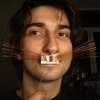

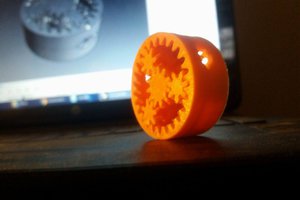
 Crypto [Neo]
Crypto [Neo]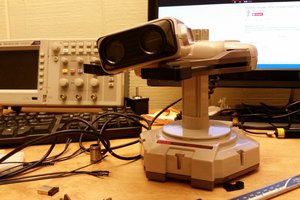
 Joshua Vasquez
Joshua Vasquez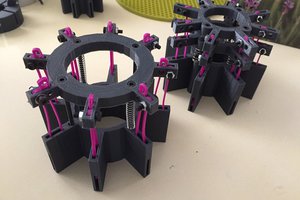
 Sarah Petkus
Sarah Petkus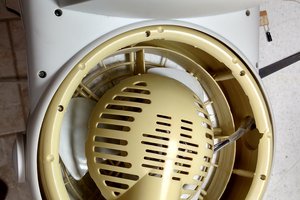
Considering...